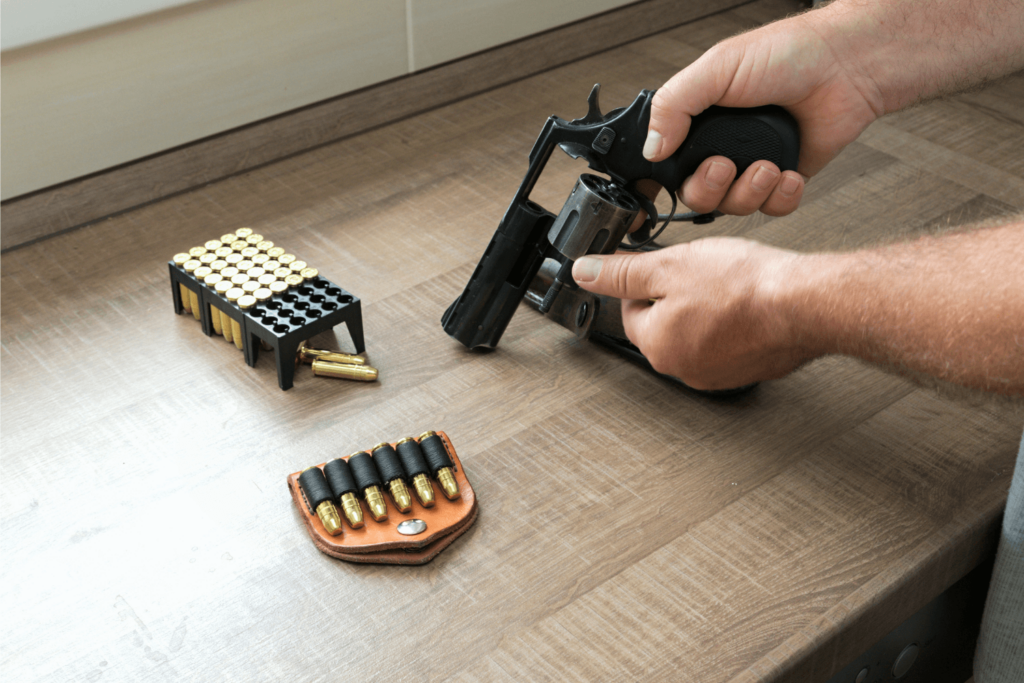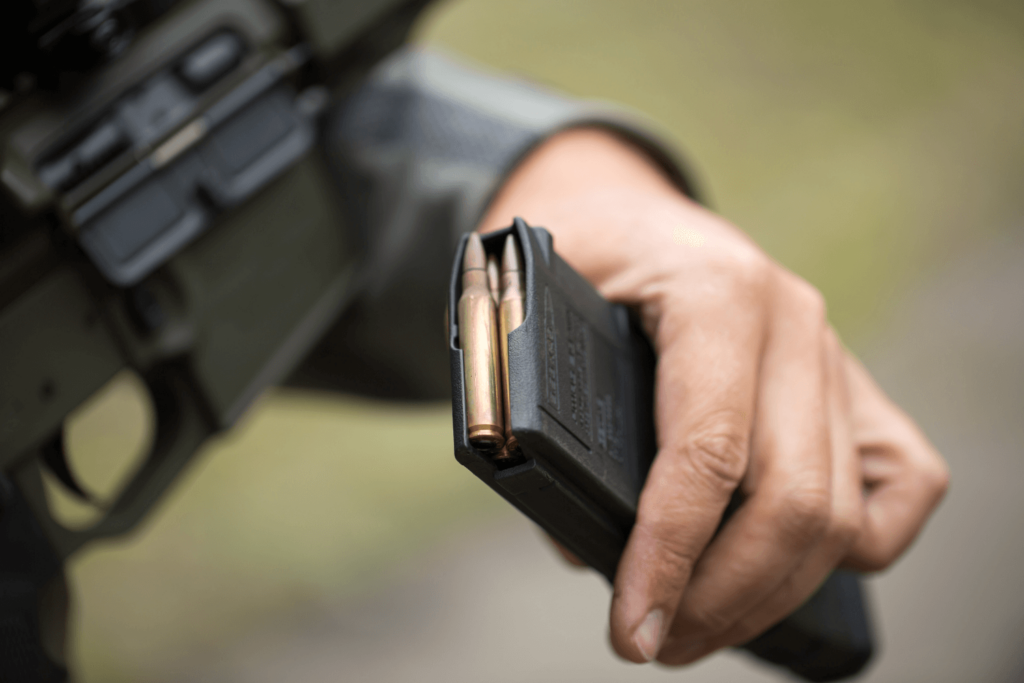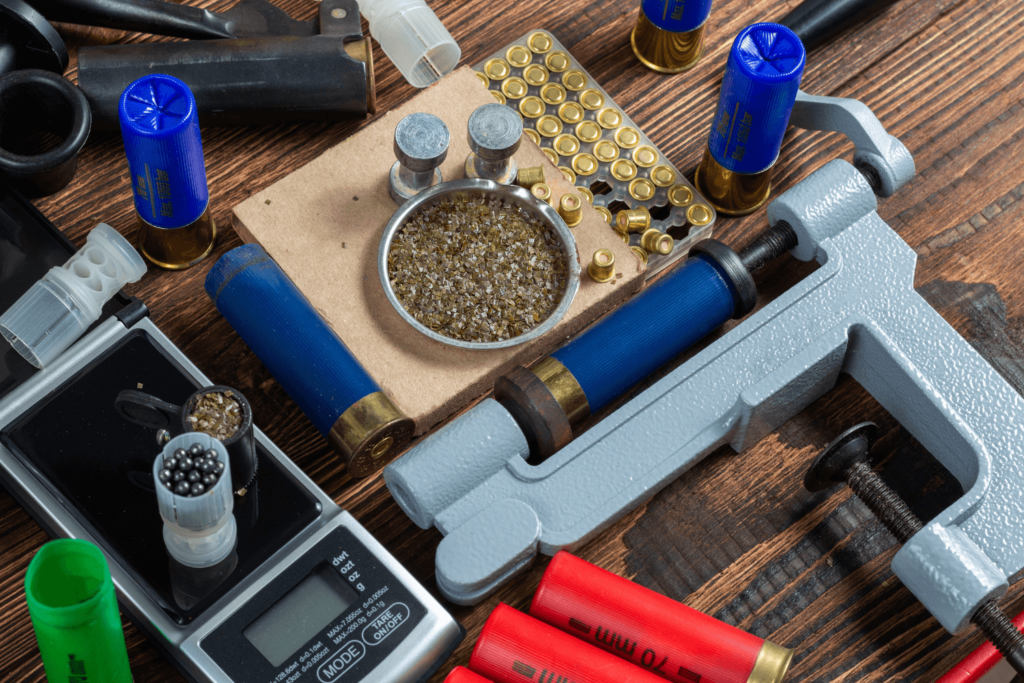No products in the cart.

Ammunition reloading is a fun and rewarding part of the shooting hobby. Some reloaders are out to save money, others like being able to make their own shooting supplies, and for shooters who want a more tailored experience, reloading lets them create specialty rounds that give them the ballistic performance they just can’t find in the retail marketplace. If you’re ready to start shooting your own reloads, Pennsylvania’s Largest Gun Show is the perfect place to find your ammo reloading supplies.

Modern cartridges are designed to be an all-in-one loading solution for firearms that have changed relatively little since their development which moved us past the powder-patch-ball loading process of muzzle-loaded weapons that they usurped as the standard. Every time you load one into your gun, you’re loading four separate components.

Ammunition reloading requires precise measurements and attention to detail to ensure both gun safety and reliability. Improper loading can lead to weapons failure, misfires, hang fires, and explosions. You need more than just the right ammo reloading supplies, you need to use a methodical approach that takes you through the process step-by-step.
We have plenty of vendors who are ready to sell you new and used firearms. That’s not all we are, however. Vendors from across the country are drawn to our shows thanks to the comfortable, well-lit event centers, paid security, and shoppers just like you who want a family-friendly experience that offers something for everyone’s shopping needs. That includes the top firearms accessories and supplies, including ammunition reloading equipment.
One of our gun shows will be rolling into your local area soon, providing a unique retail opportunity to find exactly what you’re looking for and start your reloading journey with all the information, equipment, and ammunition reloading supplies to produce your own ammo for the range, hunting, or self-defense. Book your tickets online now and secure your entry to your local Eagle Shows Gun Show today.
Subscribe to our newsletter for exclusive updates, offers, and insights. Be the first to know about upcoming shows and special events.
Be sure to check your inbox for an email confirming you’ve signed up and add our email address to your address book to ensure you ALWAYS get show coupons and updates!